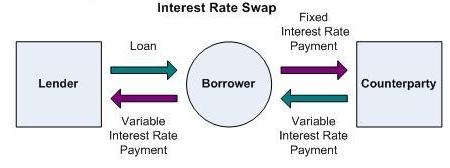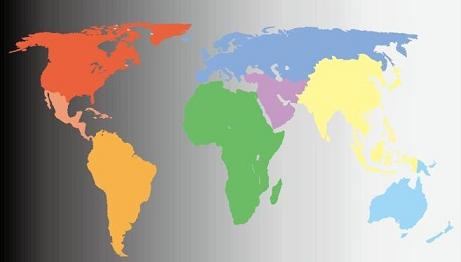Swaps Risk and Exposure
The great bulk of swap activity of date has concentrated on currencies and interest rates, yet these do not exhaust the swap concept’s applicability. As one moves out the yield curve, the primary interest rate swap market becomes dominated by securities transactions and in particular the Eurodollar bond market. The advent of the swap market has meant that the Eurodollar bond market now never closes due to interest rate levels: issuers who would not come to market because of high interest rates now do so to the extent that a swap is available. Indeed, the Eurodollar bond market owes much of its spectacular growth to the parallel growth of its swap market. The firms that now dominate lead management roles Continue reading


